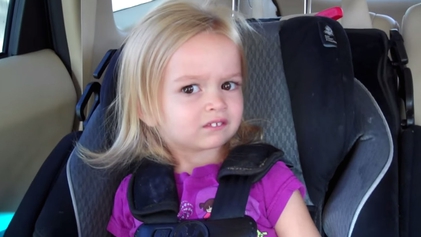In the digital age, memes are a great example of visual rhetoric. They communicate ideas, viewpoints, graphics, and mostly comedy. This is how visual rhetoric can be applied to memes. Memes usually use symbolic pictures or visual metaphors to convey concepts. These graphic components help simplify difficult ideas and provide levels of significance. A popular meme that many people have seen before is the Kim Kardashian crying face. I often use this one when I want to emphasize a dramatic moment and make it stand out. A lot of memes rely on comedy or emotional appeal to draw viewers in. Combining an image that resonates with the viewer with a witty phrase that elicits laughter, empathy, or other emotional reactions enhances a message, making it memorable.
What is Visual rhetoric?
A meme is a cultural component that usually refers to a piece of media—such as an image, video, or phrase—that gains popularity quickly and extensively on the internet. In the article Digital Rhetoric by Eyman Douglas the author talks about how “studying “visual” seemed to consist solely analyzing representational images, while to others, it could include the study of the visual aspect of pretty much anything created by human hands.” (Eyman, 50) Creating a written document, building something, or crafting an article of clothing all involve active processes. Similarly, memes actively employ visual components to convey ideas, influence viewers, and engage in cultural conversations. Memes represent a form of visual rhetoric perfectly suited to the rapid, visually-oriented nature of internet communication, as they effectively combine text and visuals to communicate messages. In a past blog I explained more about what visual and digital rhetoric means.





Leave a Reply